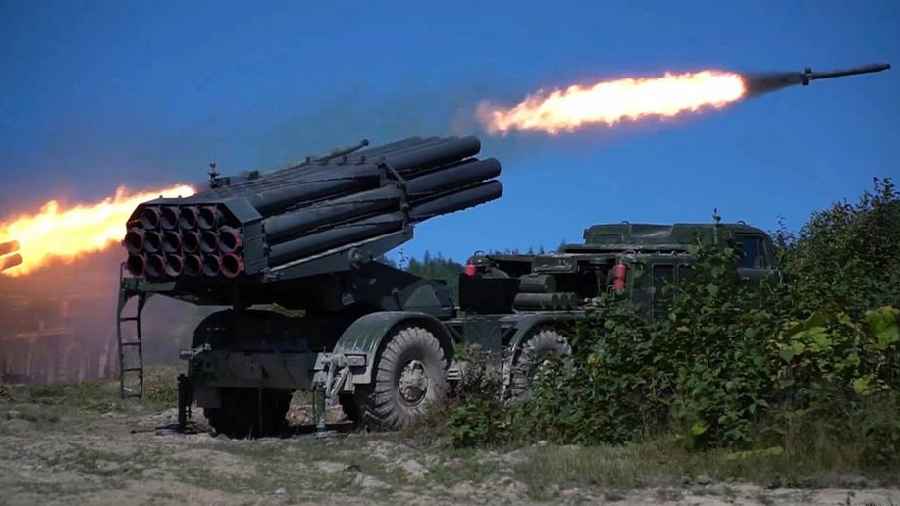The Russian invasion of Ukraine will be a year old tomorrow. Military conflicts kill, maim, and displace people by the thousands. A Google search on the lives affected by the ongoing conflict shows over 42,000 dead and at least 56,000 injured. Military conflicts cost us dearly. The environment is not spared either: destruction of ecosystems, deforestation, loss of species, dumping of waste, soil and water pollution are common. The impacts of such destruction persist for decades. The fallouts of the Vietnam War (19551975) are still being felt. The Rwandan civil war (1990-1994) resulted in the loss of thousands of hectares of forest in the Virunga National Park, and the hippo population plummeted to about 1,000.
Military conflicts also have large greenhouse gas and ecological footprints. The Iraq war is said to have generated 141 million tonnes of CO2 between 2003 and 2007. Yet, military conflicts are not within the purview of the United Nations Framework Convention on Climate Change, the Paris Agreement, and the Convention on Biological Diversity.
The environmental impact of military conflict precedes the conflict. The building and maintenance of military forces require huge amounts of energy and natural resources. The world’s militaries account for about 6% of all greenhouse gas emissions. Military vehicles, aircraft, ships and buildings are energy guzzlers. While the United States of America’s department of defence is the world’s single largest institutional consumer of oil, making it one of the world’s top greenhouse gas emitters, the United Kingdom’s military activities account for about 50% of its emissions.
Ukraine has around 2,700 km of coastline along the Black Sea and the Sea of Azov. Important coastal and marine ecological areas in Ukraine include 22 Ramsar Sites and 45 Marine Protected Areas. With the annexation of Crimea, it lost 11 of the MPAs and, since February 2022, lost access to two more.
The primary impacts of the armed conflict on coastal and marine ecosystems include chemical and acoustic pollution, physical damage to habitats, and the curtailment of conservation activities. The conflict has also impeded environmental monitoring and governance of the Black and Azov seas. Although international legal provisions protecting ecologically important areas from the effects of naval warfare were set out in the 1994 San Remo Manual, these remain non-binding.
The Russia-Ukraine conflict is unlikely to cease immediately and is certainly not the last military conflict humanity will witness. But can military conflicts be more benign to the environment?
Switzerland is planning for a carbon-neutral military by 2050. By 2030, it plans to replace all oil heating systems within military buildings with ‘alternatives’; suitable roofs and facades are to be fitted with photovoltaic systems. Of course, the Swiss army is tiny compared to those of the US, China or India, but it does set an example. In the last decade, the US department of defence replaced 44% of its petroleum-fuelled vehicles with hybrid and electric cars and built massive solar arrays to generate electricity for its bases. In 2020, the Pentagon claimed that it reduced petroleum use by 41% relative to 2005 and cut greenhouse gas emissions by 23% relative to 2008. Similarly, the UK’s ministry of defence has launched the Climate Change and Sustainability Strategic Approach, aiming to reduce emissions and use renewable energy. This would contribute to the UK’s net zero goal by 2050. However, militaries around the world continue to power ships, aircraft and combat vehicles by petroleum and remain a major source of greenhouse gases.
Military conflicts should have no place in a civilised world. But every country will protect itself as it deems fit. Militaries need to move away from fossil-fuel-powered equipment and armaments to be environmentally as less damaging as possible. This can only be a gradual shift. Until then, military conflicts should be brought under the purview of the UN Framework Convention on Climate Change and the Convention on Biological Diversity.
Anamitra Anurag Danda is an environmentalist currently serving as Director, Sundarbans Programme, WWF-India and is a Senior Visiting Fellow, ORF











